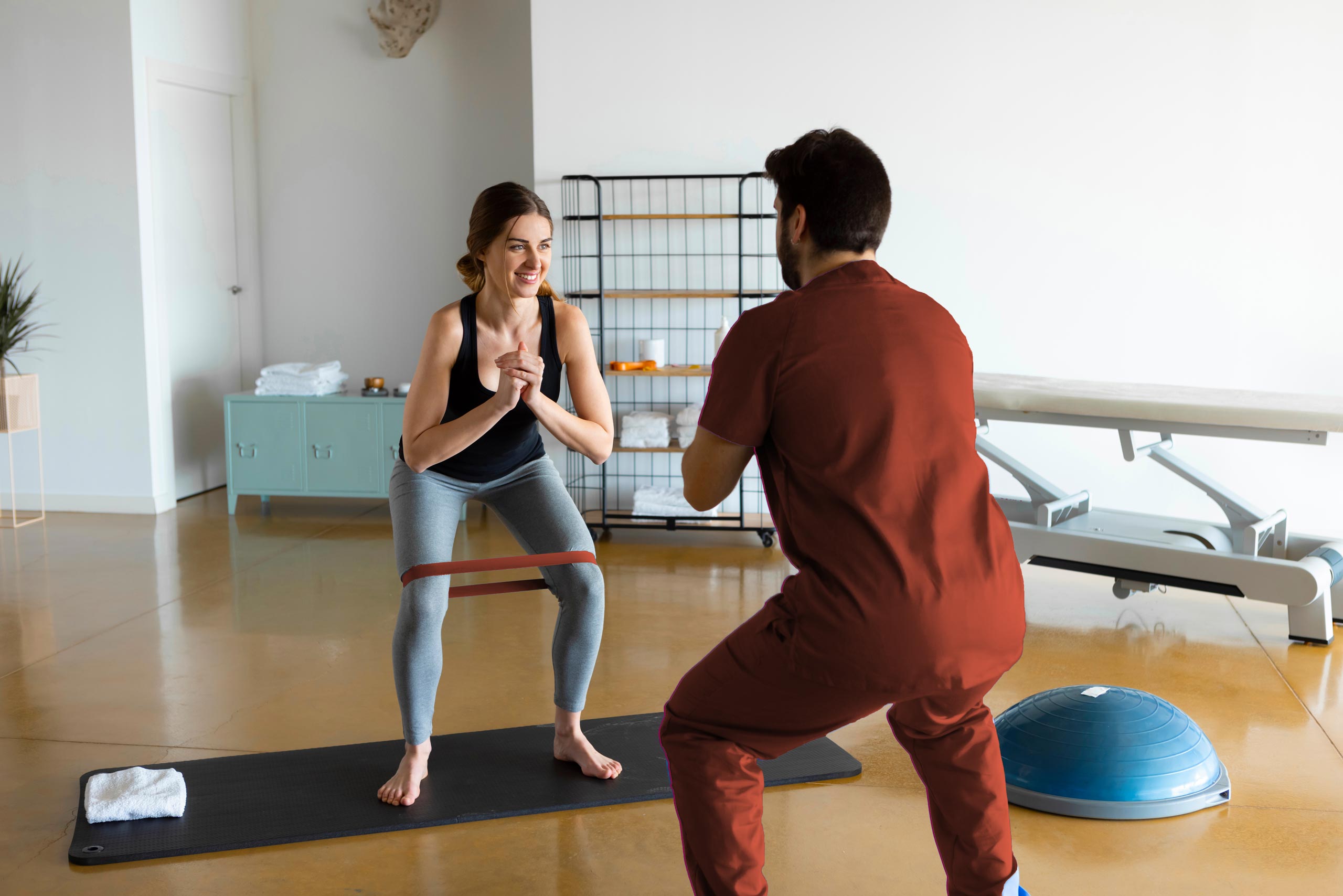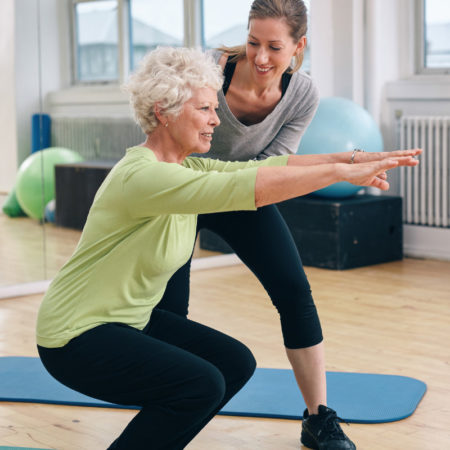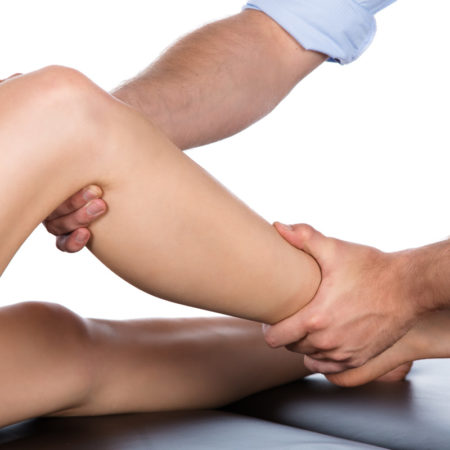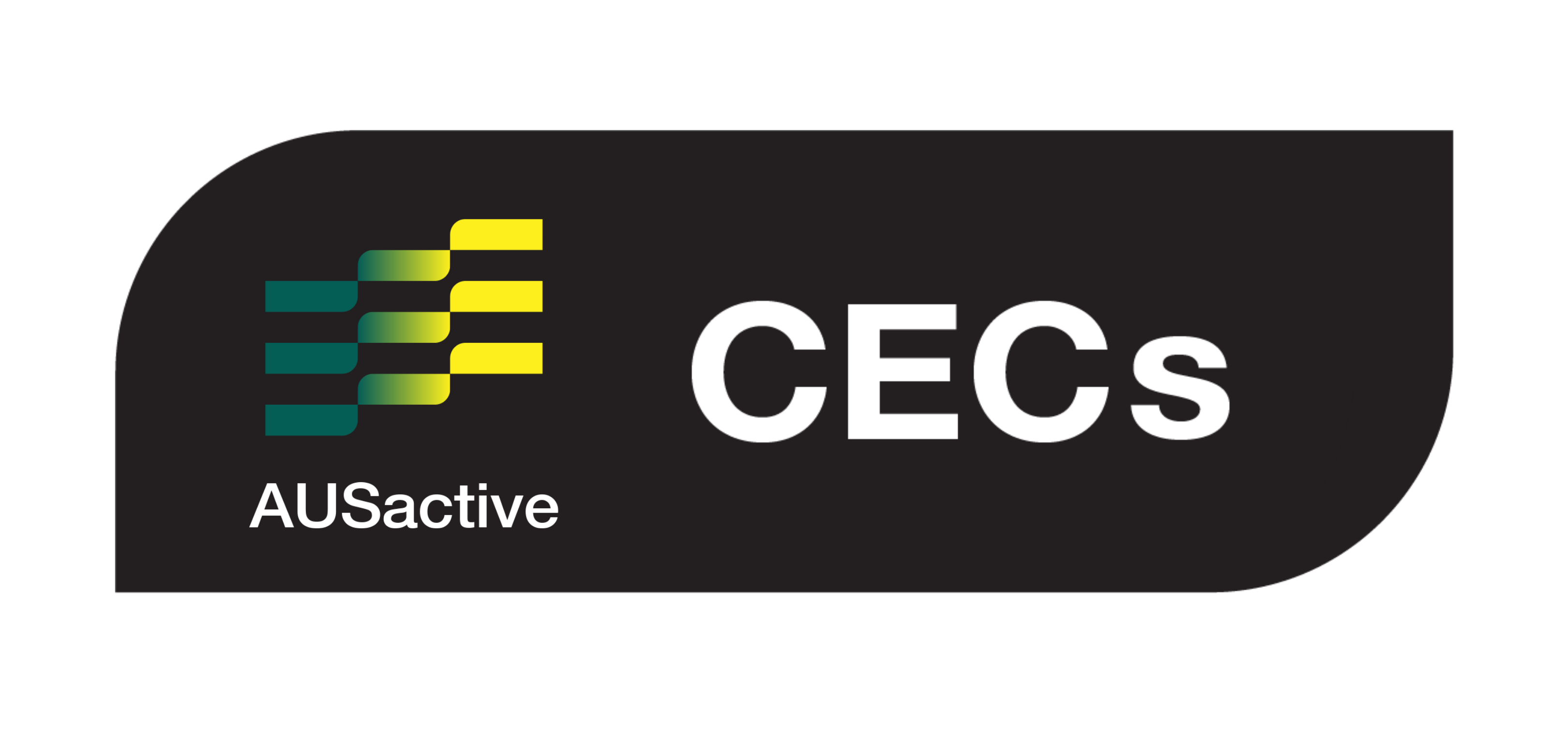Beginner and intermediate exercises for the neck
At the completion of this course the participants will be able to:
•Recall the correct technique and teaching cues for performing beginner and intermediate exercises for the neck, including observation for poor technique
•Recognise the importance of training movement and client education in preventing neck problems
•Recognise the role of the scapula in the stability of the neck and shoulder region
•Recall the typical neuromuscular factors that can be addressed with exercise to prevent neck pain
•Recognise the importance of and reasons for progressing neck exercises
•Consolidate understanding of the role of neck proprioception in upright stance and movement
Beginner and intermediate Pilates for the upper back
At the completion of this course the participants will be able to:
•Recall the correct technique and teaching cues for performing beginner and intermediate Pilates for the upper back
•Have the knowledge to provide the appropriate number of repetitions of exercises for optimal results
•Recognise the potential benefits of overhead arm exercises for different populations
•Recognise the physical effects of an increased thoracic kyphosis
•Recall the effects on the neck of shrugging the shoulders
•Acknowledge the unpredictable effects of interventions to improve cervicothoracic posture for the prevention of shoulder problems
•Consolidate understanding of the difficulties observing thoracic mobility
• Be aware of techniques for the thoracic spine particularly those that are most studied and supported
•Recognise the challenges associated with ageing for upright posture due to deficits in the somatosensory, visual, and vestibular systems
•Recall the effects of slouched posture on lumbar spine reposition sense
•Recognise the relationship between spinal stability and respiration
Beginner and intermediate exercises for the shoulder
At the completion of this course the participants will be able to:
•Recall the correct technique and teaching cues for performing beginner and intermediate exercises for the shoulder
•Recall the purpose of each of the exercises
•Consolidate understanding of the role and function of the scapula stabilisers and rotator cuff muscles as a whole and for individual muscles
•Recognise the relationship between the upper limb and cervical spine
•Recognise optimal positioning of the scapula for throwing activities
•Recall the effects of elastic band exercise training on the musculoskeletal system
•Recall the potential effects of eccentric exercises on the shoulder both positive and negative
•Recall alterations in the peripheral and central nervous system that occur in the presence of shoulder injury or instability
•Recognise the role of the cerebellum in coordinated arm movements
•Recall the theories of stretching that may result in increased flexibility
•Recall the effects of strength training on muscle fibres and strength
Beginner and intermediate exercises for the lower back
At the completion of this course the participants will be able to:
•Recall the correct technique and teaching cues for performing beginner and intermediate exercises for the lower back, including maintaining a natural lumbar curve
•Recall the purpose of each of the exercises
•Recognise the potential physical benefits of meditation and yoga
•Recall the physical elements required for balance control
•Recognise the function of the hippocampus
Intermediate Pilates for the abdominals
At the completion of this course the participants will be able to:
•Recall the correct technique and teaching cues for performing intermediate Pilates for the abdominals
•Recall the purpose of each of the exercises
•Recall how to train appropriate breathing technique
•Recognise the differences between abdominal hollowing and abdominal bracing and their potential roles and uses during exercise and daily activities
•Recognise the influence of coordinated activity on the hippocampus and the role of this area of the brain
•Recall the advantages of using a bolster during abdominal exercises
•Recognise the role of spinal reflexes and other areas of the brain during balance and postural control
Beginner and intermediate exercises for the hip and gluteals
At the completion of this course the participants will be able to:
•Recall the correct technique and teaching cues for performing beginner, intermediate and advanced for the hip and gluteals
•Recall under what circumstances exercises for the gluteals are best used and the purpose of each exercise
•Have the knowledge to provide the appropriate number of repetitions of exercises for optimal results
•Recall the various roles/functions of the gluteus maximus and gluteus medius muscles
•Recognise the affects of poor gluteal strength/function
•Recognise the difference between older and younger adults in terms of gluteal muscle function
•Recognise the differences between the various step-up box exercises in terms of concentric/eccentric muscular activity, levels of activation of the gluteal muscles and quadriceps to hamstrings ratio
•Recall the exercises that have high levels of gluteus medius activity
•Recall the difference between a bilateral and unilateral contraction of gluteus maximus
•Recognise that stepping in different directions may be controlled by the same neural circuitry within the brain and is smooth and automatic in humans
•Recall the challenges associated with measuring maximal voluntary isometric contraction for research purposes
|





